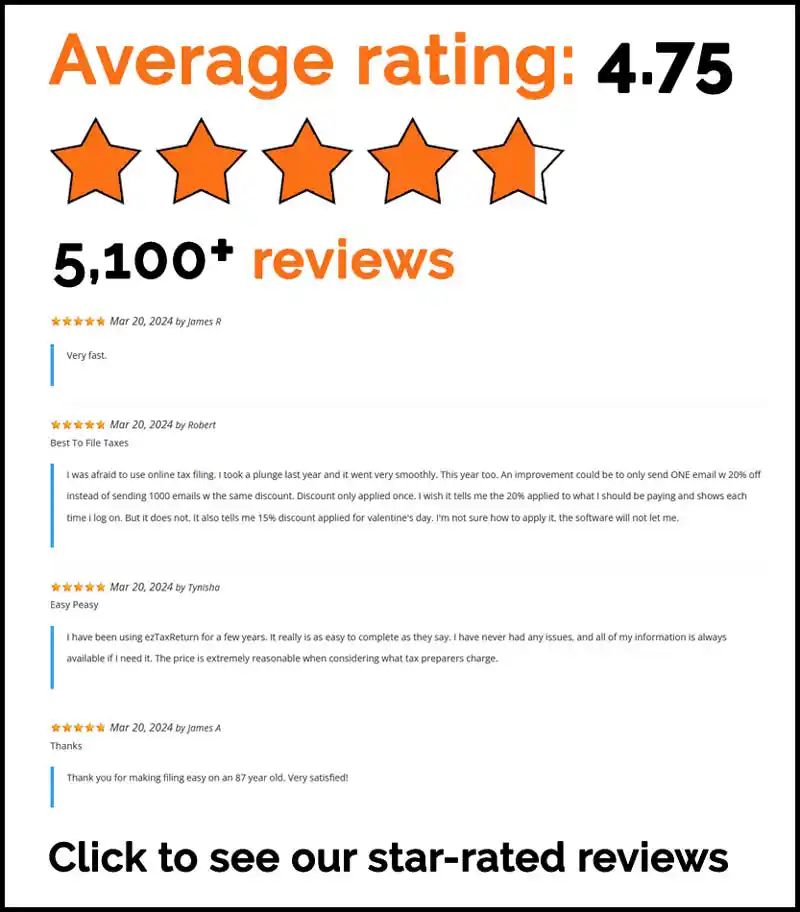Believe it or not, we’re just a few months away from ringing in the New Year. Although most of 2018 has already flown by, there’s still time left for you to get your finances right before the ball drops. Here are 5 money moves you need to make in the upcoming months.
Create a budget
Creating a budget doesn’t sound like fun but considering the fact that nearly half of all Americans live paycheck to paycheck, you probably need one. The process is fairly easy. Begin by gathering all of your pay stubs and bills for the last month. Then combine your pay stubs to calculate your monthly take-home pay. Next, write down your monthly expenses and divide them into two groups; fixed and variable. Fixed expenses are bills that remain the same every month such as your rent or student loan payments. Variable expenses are bills whose amounts change monthly like your groceries or entertainment. If your spending is out of control, go through your variable expenses and get rid of anything that isn’t a necessity.
Contribute to your 401K
To encourage more people to save for retirement, many companies offer to match your 401k contributions up to a certain percentage. If your job offers this benefit, jump on it. It’s free money. Plus, your contributions will lower your taxable income when you file your tax return. For 2018, the 401K contribution limit is $18,500. Individuals who are 50 and older can also make catch-up contributions up to $6,000. Don’t forget, ezTaxReturn is the fastest and easiest way to do your taxes.
Open an IRA
According to GoBankingRates, 1 in 3 Americans don’t have any money saved for retirement. If your employer doesn’t offer a retirement savings plan, open an IRA. IRA’s come in two forms; Traditional and Roth. Traditional IRA’s are funded with pre-tax dollars which means your contributions are tax deductible. The catch is you’ll have to pay taxes when you withdraw the money from your account. Contributing to a Roth IRA won’t earn you any tax breaks but your money will be tax-free when you make a qualified withdrawal. For 2018, the maximum contribution limit is $5,500 ($6,500 if you’re 50 or older). You have until April 2019 to contribute for 2018 but the earlier you start saving, the more time your money has to grow.
Review your tax withholding
While many people look forward to getting a big refund at tax time, there are some people who prefer to bring home a bigger paycheck throughout the year. Depending on your needs, you may want to claim more or less allowances on your Form W-4, Employee’s Withholding Certificate. Take some time to weigh your options by using one of the withholding calculators available online. If changes need to be made, complete and submit a new W-4 to your employer.
Check your FSA balance
Flexible Spending Accounts are attractive because they allow you to save pre-tax dollars for out-of-pocket medical, dental and vision expenses. This year, you can set aside up to $2,650 of your salary to fund the account. The downside is any money you don’t use by December 31st gets forfeited. Please note, some plans offer a 2 ½ month grace period so double check with your employer. To prevent your money from going down the drain, find out your remaining balance and try to schedule as many last minute appointments as possible. You can also run to your local drugstore and stock up on eligible FSA items such as bandages, sunscreen and heating pads just to name a few.

